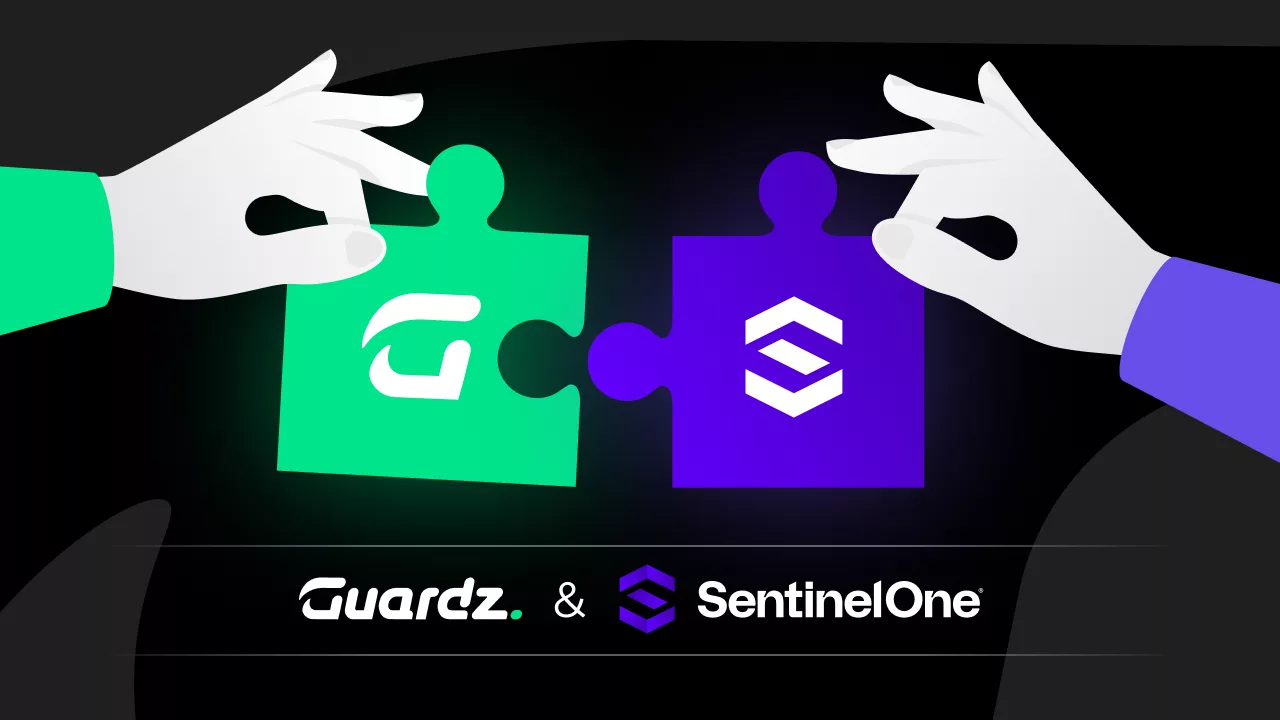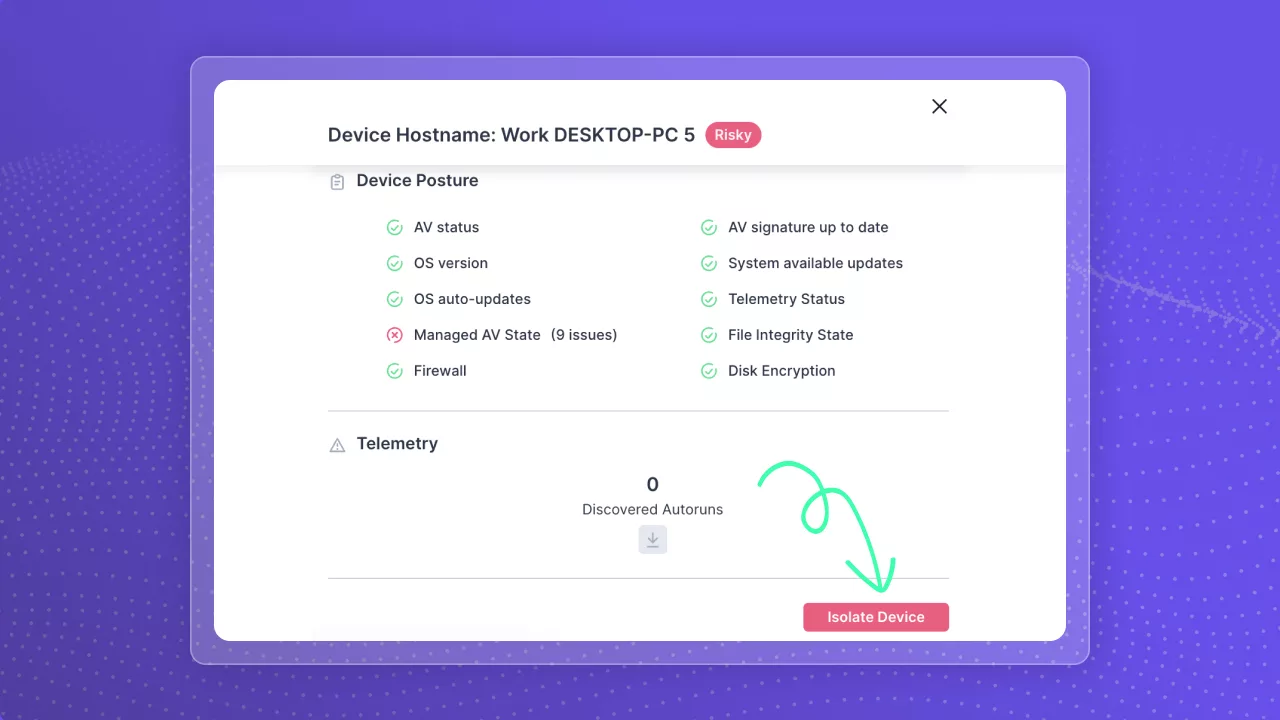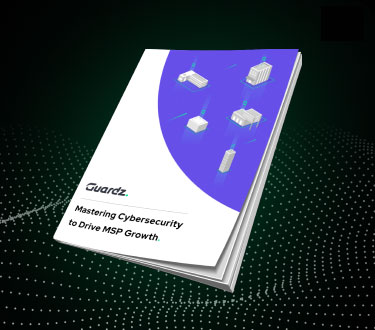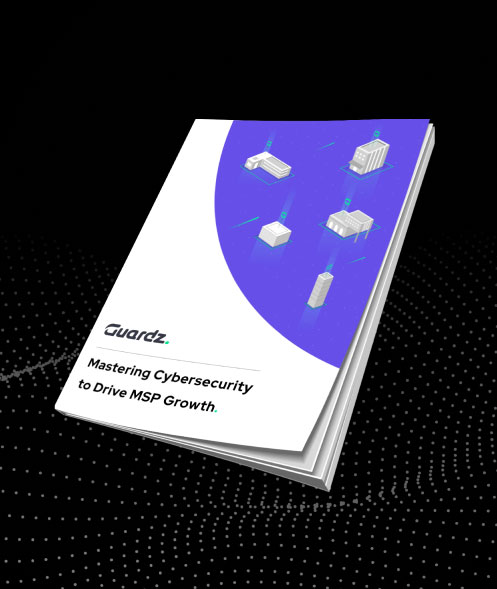Cybercrime is on the rise, and businesses of all types and sizes are increasingly becoming targets. According to recent research, a majority of businesses experienced at least one cyberattack in 2021, highlighting the growing threat posed by cybercriminals. These attacks can have devastating consequences, ranging from financial losses to reputational damage and legal liabilities.
The most common types of cyberattacks faced include ransomware, phishing or social engineering, credential theft, and compromised or stolen devices. These attacks can be incredibly costly, with businesses spending nearly $3 million on average to recover from an attack, according to research from IBM and the Ponemon Institute.
By dedicating adequate time and resources, you can take steps to protect your business from cyber threats. Implementing critical cybersecurity measures can safeguard your sensitive information and help you avoid costly attacks.
What do cybersecurity best practices entail?
Cybersecurity best practices are the key measures that keep your organization and customers completely secure. These best practices work proactively to mitigate threats, respond quickly, and ultimately discourage cybercriminals from targeting your organization.
Luckily, these measures can be hassle free to implement especially with security solutions like Guardz. By following cybersecurity best practices, your employees can help keep your organization safe and secure as they entail protecting cloud apps, securing emails, creating risk assessment plans, monitoring devices, promoting safe browsing habits, and enhancing employees’ cyber awareness.
What are cybersecurity best practices?
Financial resources are integral to the survival of any business based on the level of competition in the global market; there are, however, simple cybersecurity best practices that do not require overwhelmingly financial input; they include:
Strong passwords
Passwords have always been the first line of protection against cyberattacks and ensuring cybersecurity best practices. Unfortunately, cybercriminals are getting smarter and can easily break weak passwords through brute force attacks. That’s why it’s crucial for businesses to ensure that their employees use strong passwords with at least eight characters, including uppercase and lowercase letters, numbers, and special symbols. Generating strong passwords manually can be a hassle, but random password generators (RPG) can help.
You should also consider implementing a password manager to avoid the need for employees to keep a physical list of passwords. This tool can efficiently manage and store all login credentials for enhanced security.
2-factor authentication
It’s essential to go beyond strong passwords when it comes to cyber security best practices. Modern technology allows for combining strong passwords with biometric data, such as facial recognition, thumbprint, or voiceprint, for device login.
While some employees may find 2-factor authentication cumbersome, the potential harm that hackers can cause to your business makes it necessary. Even larger companies are adopting multi-factor authentication to enhance their security.
For businesses looking to implement cyber security best practices, a 2-factor authentication is a must-have. It provides an additional layer of protection to your devices.
Updating plugins, software, and extensions
Apps that provide additional capabilities to your browser, such as plugins, software, and extensions, are potential entry points for hackers to conduct malicious activities on your network. These apps may be necessary for your daily business activities, and you may need to install thousands of them from different browser developers.
Browser developers are aware that these apps can have security issues, so they regularly release updates to provide protection. To adhere to cybersecurity best practices, employees should promptly apply these updates as soon as they are available.
Unfortunately, some employees may be hesitant to update these apps, which can be attributed to a lack of awareness about the importance of cybersecurity. Awareness is a crucial first step in implementing cybersecurity best practices. Neglecting simple tasks such as updating apps can lead to severe consequences for the business, as hackers can exploit these vulnerabilities to introduce malware or steal sensitive information
Secure email communication
Email is still the most cost-effective means of communication for both employees and customers. Unfortunately, research shows that 66% of malware is introduced through malicious email attachments.
Hackers often rely on phishing or social engineering to gain access to personal information, passwords, bank account details, and other sensitive data. To safeguard against such threats, it’s essential to adopt cybersecurity best practices that emphasize identifying and avoiding phishing emails.
As new attack methods evolve rapidly and become increasingly sophisticated, targeted, and dangerous, email-based attacks are becoming more complex every year. However, Microsoft 365 or Google Workspace do not provide the advanced email security measures that many businesses need.
To ensure robust protection against email-based threats like phishing attacks, malicious attachments, spam, viruses, fake URLs, and more, Guardz’s API-based solution scans all inbound emails in real-time. In addition, these engines offer advanced encryption features and automatically detects and alerts the user to any spam, fraud, malware, or ransomware emails.
Backup sensitive information
To prevent severe setbacks to your business due to the loss of sensitive information, it is important to implement a backup system. The 3-2-1 rule is a recommended best practice in information security, which involves creating three copies of your data, two of which are stored locally on different devices and one stored off-site.
For businesses, a good backup system can include keeping the original data on the computer, creating a backup on an external hard drive, and another backup on a cloud backup service. This ensures that even if a problem arises, all of the data will not be lost.
Alternatively, you can opt for cloud backup services to encrypt the files on your end. The cloud service provider usually doesn’t have the key to decrypt them, making them as secure as possible and further enhancing best practices in information security.
With cyber threats on the rise, it’s essential for companies to implement best practices that safeguard their digital assets and customer information. By following these best practices, and adopting solutions like Guardz, businesses can stay ahead of the curve and ensure that they are well-protected against any potential cyber attacks.
- Share On:












